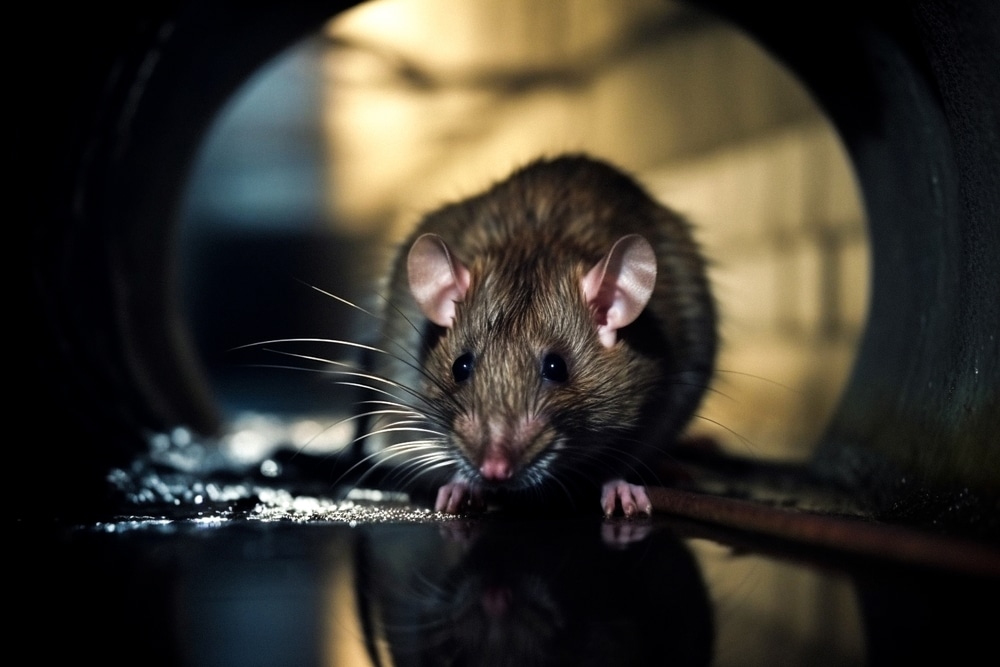In a startling development, the U.S. Department of Agriculture (USDA) has confirmed that the H5N1 bird flu virus, which has wreaked havoc on poultry and other mammals across the United States, has now been detected in rats for the first time.
This milestone, reported widely across news outlets, marks a concerning expansion of the virus’s reach and raises new questions about its potential to spread through urban environments and affect public health.
According to Newsweek, the USDA confirmed the presence of H5N1 in four black rats in Riverside County, California, this week.
The rats were found in an area near two poultry farms that had recently reported infections, suggesting a possible transmission pathway from birds to rodents.
The Los Angeles Times elaborated that these findings were disclosed on Wednesday, February 19, 2025, adding black rats to a growing list of over 50 North American mammal species known to have contracted the virus, including foxes, skunks, and even marine mammals like harbor seals.
CBS News reported that the rats were identified over three days from January 29 to January 31, emphasizing that this is the first documented case of H5N1 in this particular species.
While the virus has previously been found in other rodents like mice and squirrels, its appearance in rats—a species notorious for thriving in human-populated areas—heightens concerns about its adaptability and potential to bridge the gap between wildlife and urban settings.
Detecting bird flu in rats comes amid an already severe outbreak that has devastated U.S. agriculture.
Newsweek noted that since 2022, approximately 148 million poultry birds have been euthanized to curb the spread, underscoring the economic toll on farmers and the soaring egg prices affecting consumers.
Globalnews.ca highlighted that the virus’s spread to mammals is not new, with recent cases in a fox in North Dakota, a bobcat in Washington, and a cat in Oregon. Still, the inclusion of rats introduces a new vector that could complicate containment efforts.
The Los Angeles Times pointed out that rats could transport the virus between farms and residential areas by transmitting it through droppings, urine, blood, or saliva.
This adaptability is a hallmark of H5N1, which has surprised scientists with its ability to infect a wide range of species.
The Yahoo News update from NewsNation added that the USDA’s announcement aligns with a broader trend of mammal infections, with the Riverside County rats serving as the latest evidence of the virus’s relentless evolution.
While the Centers for Disease Control and Prevention (CDC) maintains that the risk to the general public remains low, with most of the nearly 70 human cases in the U.S. linked to dairy and poultry workers, the emergence of infected rats has sparked alarm.
Globalnews.ca reported that there is still no known person-to-person transmission, but the CDC has warned that the virus could be spreading undetected in humans, according to a recent Morbidity and Mortality Weekly Report.
This uncertainty is compounded by the Trump administration’s freeze on external communications from the agency, disrupting regular updates on the outbreak.
The timing of this discovery is particularly fraught, as the USDA grapples with internal challenges.
CBS News revealed that the agency accidentally fired several bird flu experts last weekend as part of cost-cutting measures recommended by the Department of Government Efficiency (DOGE), only to swiftly move to rehire them after recognizing their critical role in managing the outbreak.
The Los Angeles Times noted that this blunder occurred just as the administration is attempting to rehire dozens of scientists, highlighting a chaotic response to a growing crisis.
Experts quoted across outlets are urging vigilance. Newsweek reported that the USDA continues to combat bird flu through surveillance, containment, and prevention measures, but the addition of rats to the infected species list complicates these efforts.
The Los Angeles Times emphasized that the identification of H5N1 in rats raises concerns about new infection pathways to humans and their pets, especially given recent cases of cats contracting the virus from dairy workers or contaminated pet food.










